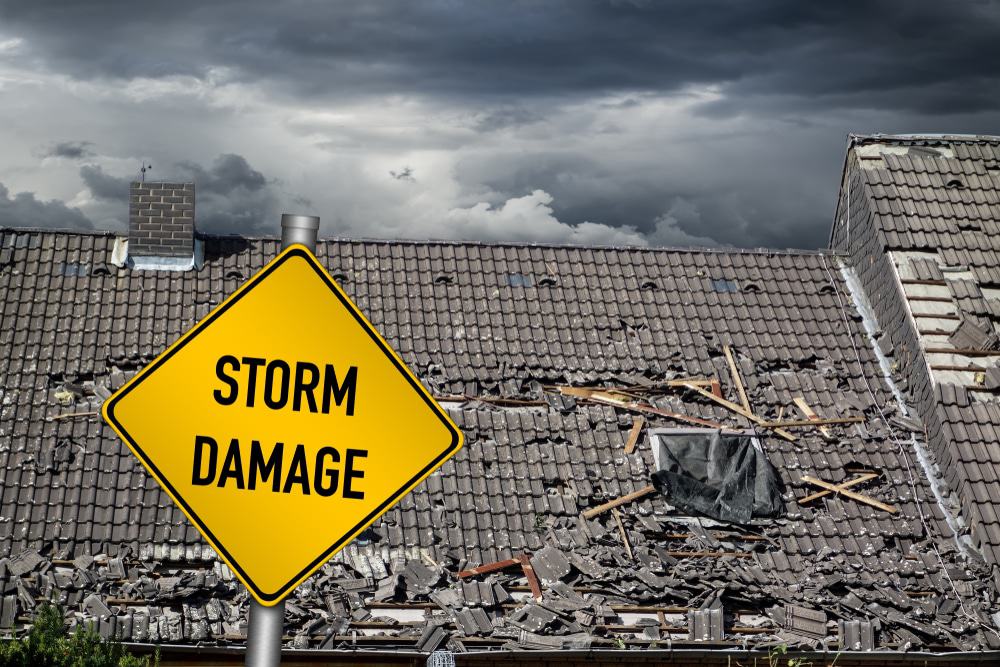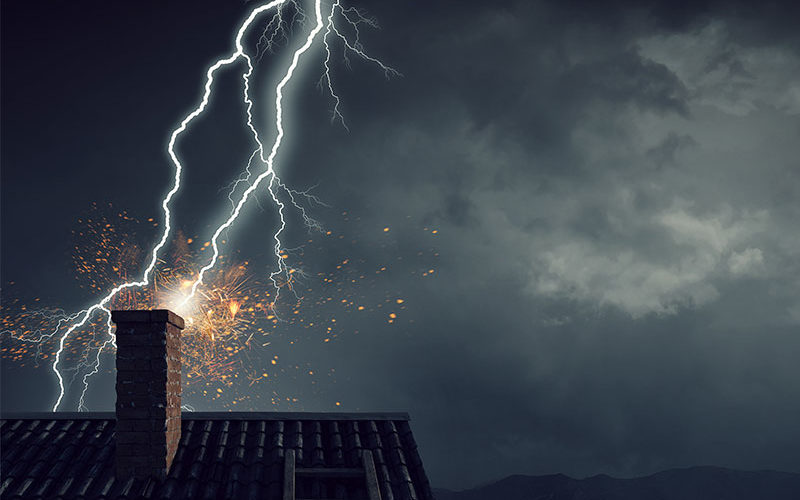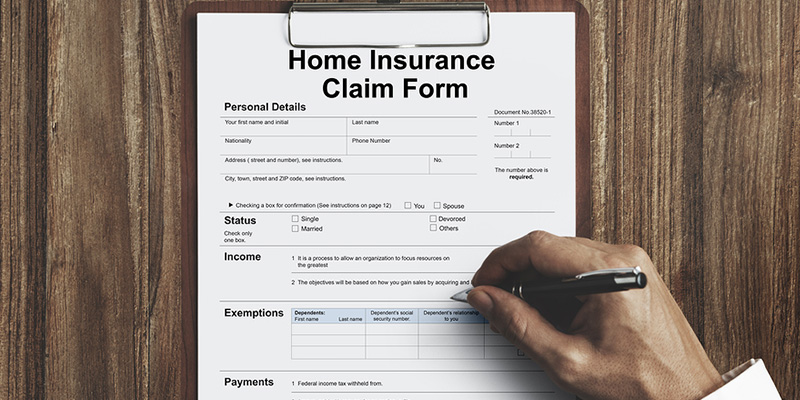
Have you been hit by a storm recently? If so, then it’s likely that you have some storm damage to your property. You may be wondering what type of insurance coverage you need, and how much it will cost. The good news is that there are many different types of coverage available for storm damage claims; however, not all policies will cover the same costs associated with storm damages. In this article we’ll take a look at what you should know about these claims and find out which policy is best for your needs.
What Is A Storm Damage Insurance Claim?
You should know storm damage insurance claims are a type of homeowner’s policy that protects against weather related incidents, including wind and hail storms. This is different from flood or earthquake coverage which may be under a separate part of your home owner’s policy. For this reason, it is important to talk to an agent about all types of risks in order to make sure you have the right amount of coverage for what matters most to you. Your homeowners’ insurer will help with things like temporary living expenses while repairs are being made and even pay out other damages caused by tornadoes and hurricanes! The cost associated with storm damage varies depending on the severity of the storm but can range anywhere from $100 to $100,000.
How To File A Claim After A Disaster
Knowing how to file a claim after a disaster can help you get the most out of your insurance policy and minimize any additional financial burden.
Call your agent or company as soon as possible – You will be asked to give information about what happened, who was hurt and how much property damage there is from floodwaters, storm debris etc. The more details you provide upfront, the quicker they will process your filed claim for storm damage claims
Do not throw away anything that may be helpful in proving ownership such as receipts, canceled checks or contracts since these might all need to be sent over with an initial estimate of damages and documentation related to life lost if applicable
If tree limbs have fallen on power lines this should also be reported immediately by calling the right person.

If you are unable to report storm damage immediately, it is still important that insurance companies be notified so they can start the process of sending adjusters out. They will need information like why your property was not reported for assessment and how much time has passed since the storm hit if this applies.
Even after an event like a hurricane or tornado, make sure home owners take steps to protect their homes from further storm related damages such as water seepage – use tarps on windows and doors where possible in order to minimize disasters that may come up because of heavy rains following a natural disaster.
What Is Needed for A Storm Damage Claim?
A storm damage claim form, which should be filled out as completely and thoroughly as possible. This includes the date of the storm; a description or photos of any damages incurred to your home, yard or other property areas; copies of receipts for repairs made on damaged items; and more detailed information about what happened during the event itself.
The name and contact details (home address, phone number) for all people living in or near affected homes within five miles. If this person has not been contacted by an adjuster yet after 24 hours following notification from FEMA that they are eligible to receive benefits from SBA’s Homeowner Assistance Program then you need to do it yourself instead!
A detailed inventory of all the possessions and valuables that were damaged in the storm.
A description or photos of any damages incurred to your home, yard or other property areas. If you need a hand with this then speak to an adjuster right away so they can provide you with more assistance!
Copies of receipts for repairs made on damaged items; it’s important not only for your own records but also as evidence if there are problems later down the line over who is responsible for what costs among others things. Make sure that these include any labor charges too – be honest about what work was done! And remember: sometimes it might not have been possible to do everything at once because some materials weren’t available quickly enough, so it’s important to keep all receipts.
Keep an eye on your inventory for the next few weeks in case you incur any further damage from storm effects – water, mold and leaks can cause more losses over time if they go unchecked!
Why You Should Have Storm Damage Insurance?
Storms are like acts of nature that can cause a lot of damage. And when you want to start rebuilding, it’s important to have storm protection in place – after all, who wants the storm to strike again? A good insurance plan will not only cover against storms but also provide you with some additional security from any unexpected events. Storm damage insurance is one way for homeowners and businesses alike to protect themselves against future damages caused by natural disasters.
And don’t forget: other kinds of policies might be available too! For example, your car or motorcycle policy may include coverage clauses which could help pay for repairs if they’re damaged during the storm as well as give liability protection should someone else get into an accident while driving them. You might also want to consider other types of insurance, like a life or disability plan to ensure you’re protected from any financial burdens.

Steps to Take After A Hurricane or Severe Weather Event
Document storm damage before touching anything. This will make the claims process easier and faster, saving you time in the long run! The insurance company may ask for photos of any damages so take a lot of them from different angles to give them an idea of what happened.
Hire A Contractor Or Adjuster As Soon As Possible – do not delay this step due to feeling overwhelmed by everything that’s happening around you right now. They’ll be able to provide unbiased advice about your options and help decide how best to proceed with filing those claims since they’re experts in this field too!
Take Inventory: identifying all items that are ok, damaged or destroyed is crucial if you want proof later on down the line when it comes time to file claims.
Save Receipts: save all the receipts for any repairs that you make to your property and keep them in a safe place so you can access them later on down the line when it comes time to file claims.
Do Not Throw Anything Away – if there’s no chance of salvaging items, take pictures or video of what happened before disposing of those items because they may be needed as evidence; this will also prevent disputes about whether an item is damaged or still usable!
If possible, get everything up off the ground while waiting for assistance – moving things around won’t help matters but it will at least reduce some damage done to your stuff during this difficult time.
Don’t sign any contracts without having professional advice first from an experienced storm damage insurance claim expert – not only will they be able to help you understand your policy, but they can also act as a mediator for the settlement process.




